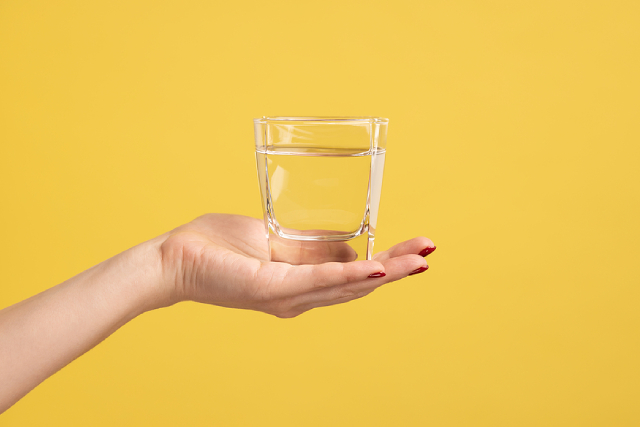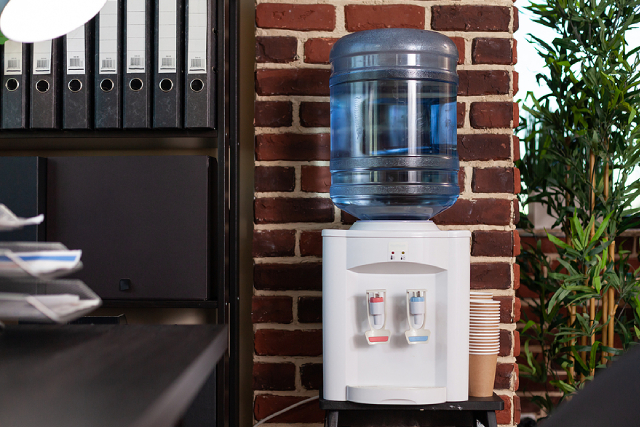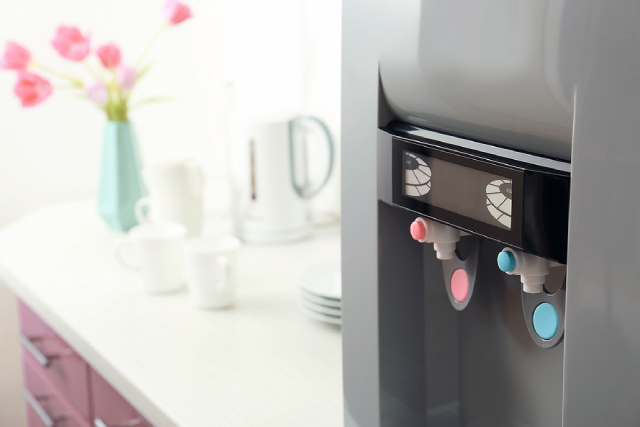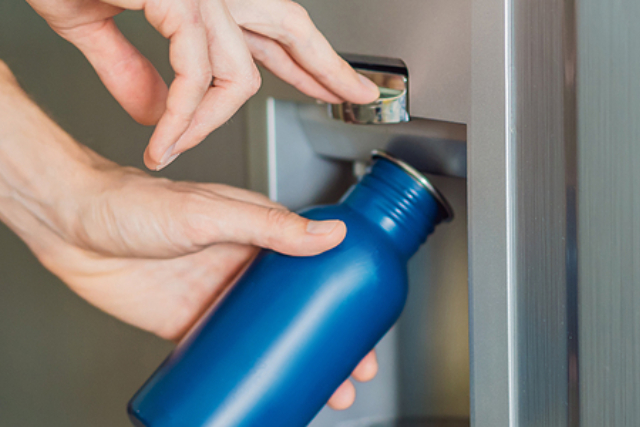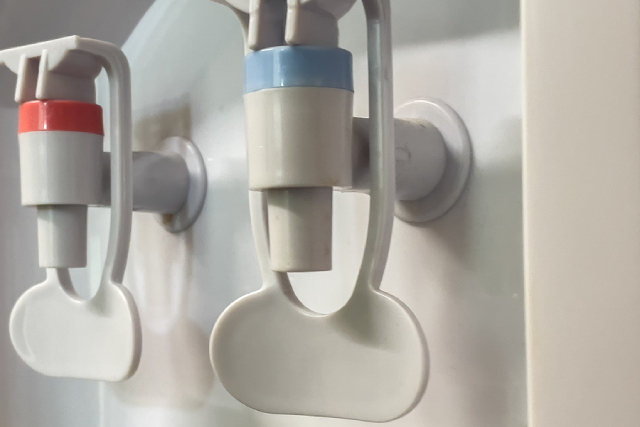
How Water Filter System Works with Water Dispensers?
There are two major water dispensing systems water supply: bottled water dispenser and tankless water dispense. The latter is recommended for a plenty reasons discussed here. There is one more important reason why people choose tankless coolers: most tankless water dispensers come with a water filter system.
A water filter system is a device that helps to clean water. It can be installed under the counter or on water cooler cabinets. It usually works by water flowing from water pipes through a series of filtration processes before reaching the outlet.
Let us look at the different water filter systems, and which one will be suitable for you.
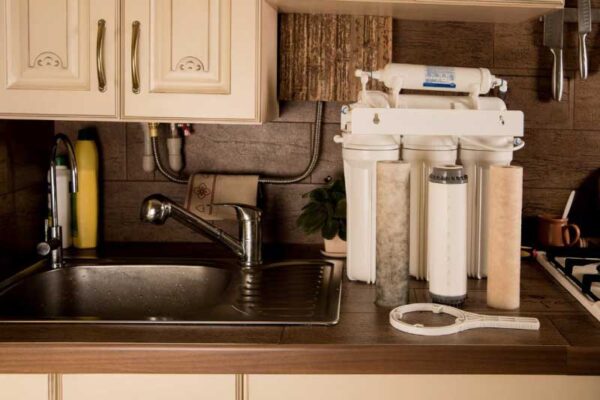
Standard Filtration System
A standard filtration system is a simple three-stage filtering system, and this filtration will help remove sediments, impurities, odour and taste.
The standard water filter system usually have only three filters, and they commonly include:
Sediment Filter: This filter will help remove sediments that cause water to appear cloudy. It also helps with the water’s taste and odour.
Pre-carbon: This water filter is filled with activated carbon, which will help you reduce water odours, chlorine taste, water scale buildup in water dispensers and help with water clarity.
Post-carbon: This water filter is designed to reduce further water odours, water scale buildup in water dispensers and water clarity. In addition, they will help prevent the growth of germs.
Why Use Standard Filtration System
The standard filtration system provides the most basic filtration of all the filtration systems, and as such, they are generally the cheapest.
If you are looking for an affordable water dispenser with water filter system, you can consider a standard filtration system.
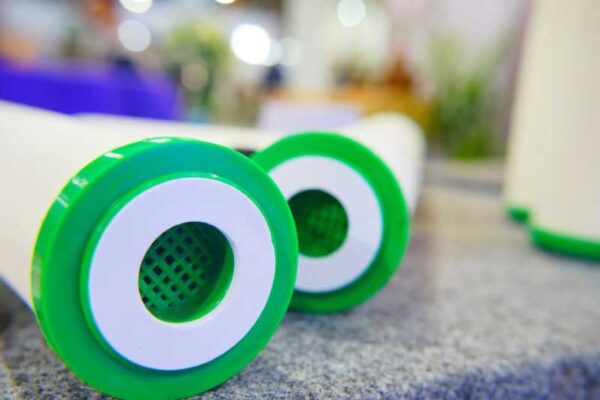
NANO-pH FILTRATION SYSTEM (ALKALINE WATER)
The NANO-pH Filtration System is a four-stage filtration, and it does more than just standard filtering.
The four-stage filtration includes the following:
Stage 1 – 2-in-1 Sediment and Pre-carbon Filter
The first stage combines the sediment and pre-carbon filter, which effectively removes common sediments like dirt, rust and sand particles through small 5-micron pores.
In addition, the 5-micron pores will effectively reduce organic chemicals like chlorine, heavy metals and other chemical impurities.
This 2-in-1 carbon filter is made from coconut-based carbon is accredited NSF Certified Filter Media and FDA Certified Filter Housing.
Stage 2 – Ultrafiltration (UF) Membrane
The ultrafiltration (UF) membrane comprises a semipermeable membrane with 0.03-micron pores. This filter effectively removes high molecular-weight substances, viruses, parasites and bacteria.
Stage 3 – NANO-pH Filter
This NANO-pH filter helps to produce antioxidant good-drinking mineral water that increases immunity and helps human metabolism. The filter, comprising an antioxidant magnesium block, calcium ceramic ball, silica ball and magnesium ball, helps produce antioxidant ORP (Oxidation Reduction Potential) and alkaline water.
Alkaline water has many benefits to your health and well-being, and they are generally having a pH of over 8. pH is an abbreviation for “potential for hydrogen”. It tells us how much hydrogen is in liquids.
This NANO-pH filter increases the pH of the water to 9.5.
Stage 4 – Post-carbon Filter
Carbon filters remove organic chemical compounds such as chlorine, heavy metals and other impurities from water. They keep germs at bay and eliminate smells and unpleasant tastes from the water. The coconut-based carbon filters also eliminate the organic solvents that colour the water, leaving it colourless.
Why NANO-pH Filtration System
On top of providing filtered water, this filtration system produces alkaline water. We know that alkaline water has many health benefits like antioxidants, colon-cleansing, immune system support and detoxification.
If you are looking for healthy, alkaline water, you should consider the NANO-pH filtration system.
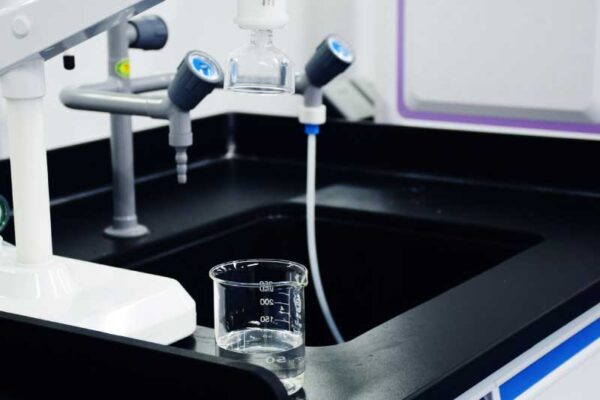
UV TECHNOLOGY FILTRATION SYSTEM
The UV technology filtration system is similar to the above filtration system, but it uses UV technology instead of a NANO-pH filter. It contains the standard filtration system with an Ultraviolet (UV) lamp.
The 4-stage filtration system includes:
Stage 1 – Sediment Filter
The 5-micron pores of the sediment filter are utilised to remove common sediments (dirt, rust, sand, etc.) from the water.
Stage 2 & 3 – Pre & Post-carbon Filters
Carbon filters effectively reduce organic chemical substances such as chlorine, heavy metals, and other impurities in water. They prevent the spread of germs and remove impurities and unpleasant tastes and smells from the water. The coconut-based carbon filters also eliminate the organic solvents that color the water, resulting in clear water.
Stage 4 – Ultraviolet (UV) Lamp
The UV Lamp is an incredibly efficient method for preventing water from bacterial contamination. The UV light damages the DNA of germs, killing them and preventing them from reproducing.
Furthermore, it has the advantage of not changing the taste, colour, or smell of water.
Why UV Filtration System
Water that is treated with UV light is incredibly clean. The UV-treated water destroys 99.99 percent of microorganisms, such as bacteria and viruses, in the water.
If you are looking for water that is clean and free from microorganisms, you should consider the UV filtration system.
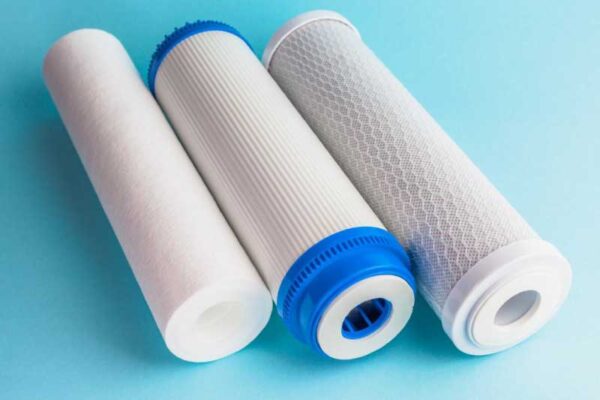
REVERSE OSMOSIS (RO) FILTRATION SYSTEM
The Reverse Osmosis (RO) Filtration System is a very effective water filter system that removes water contaminants that are larger than water molecules.
In this 4-stage system, the process includes:
Stage 1 – Sediment Filter
The sediment filter is a 5-micron pore that removes common pollutants (dirt, rust, sand, etc.) from the water.
Stage 2 & 3 – Pre & Post-carbon Filters
Carbon filters effectively reduce organic chemical substances such as chlorine, heavy metals and other impurities in water. They prevent the spread of germs and remove impurities and unpleasant tastes and smells from the water. The coconut-based carbon filters also eliminate the organic solvents that colour the water, resulting in clear water.
Stage 4 – Reverse Osmosis (RO) Membrane
The 50 GPD reverse osmosis membrane is a thin film composite membrane that can remove up to 99% of over 1,000 contaminants in the water. The contaminants removed include heavy metals, primary fluoride, calcium, magnesium, lead, colloids, chromium, nitrates, organic, rubber mass, harmful minerals and another soluble salt from water.
This RO membrane has a spiral wound design for superior membrane flux and is certified to NSF/ANSI 58 standards & FDA title 21 approved.
Why Reverse Osmosis Filtration System
Reverse osmosis water has a high purity level that does not contain water contaminants and dissolved solids, such as heavy metals. RO water is also usually free of bacteria and parasites.
If you are looking for water that has been purified by reverse osmosis water purification, you should consider the reverse osmosis water filter system.
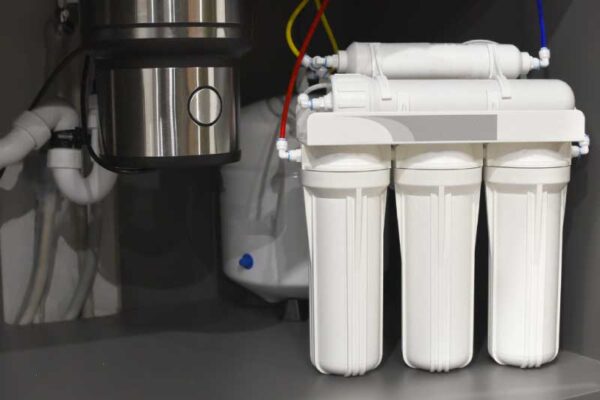
The Need For Water Filter System
Today, water is becoming more polluted, and water dispensers are just not enough to clean the water. The water filter system purifies water to have low levels of contaminants and can be used for drinking purposes.
To ensure that water remains clean and free from these impurities, we recommend using a water filter system to remove them before consuming the water or dispensing it into your home.
There are different types of water filter systems available on the market today, which you can choose based on what is most important to you.
Whether it is a high purity level without any dissolved solids like RO water purification products, or if you want something affordable with fewer stages in between stages like UV treatment filters.
Whatever type of water filter you decide, be sure to change your water filter cartridges regularly to keep the water filtered – that is free from impurities.

